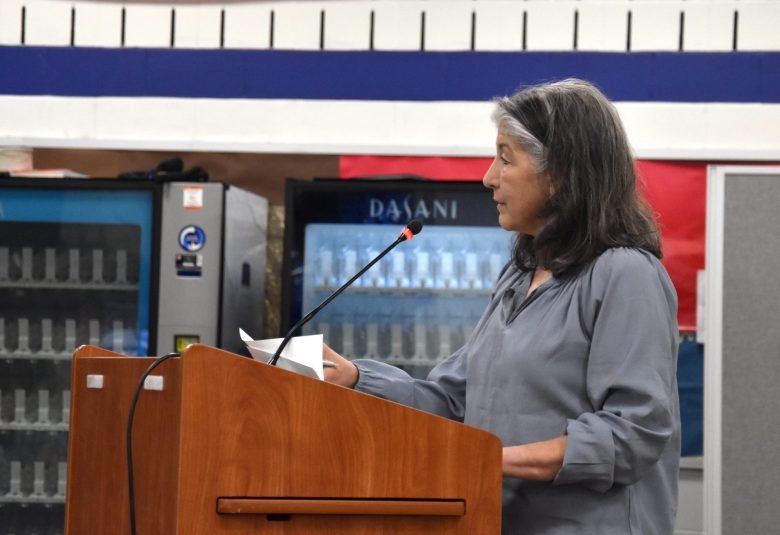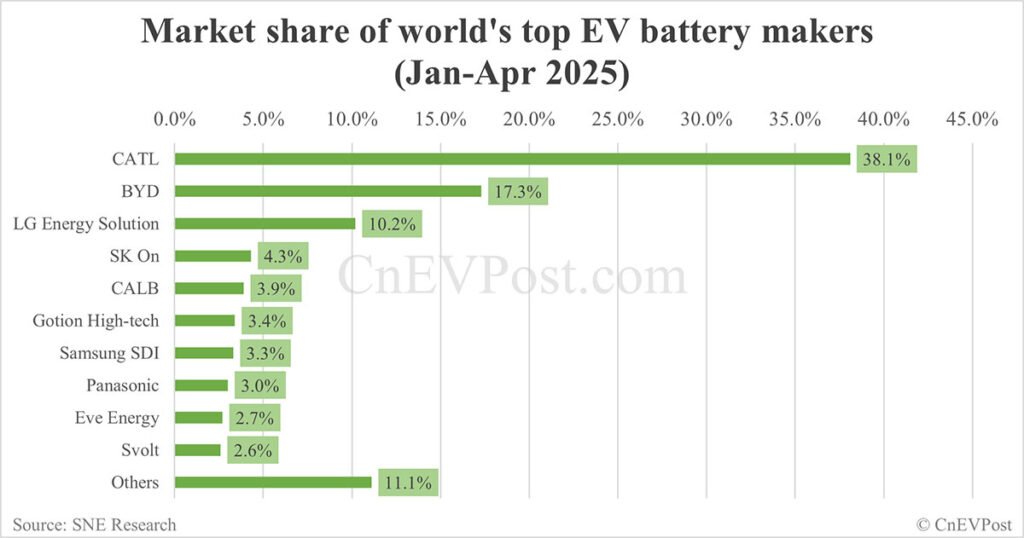
Researchers and practitioners who shape the digital transformation of smallholder agriculture need to better understand mobile phone-related behaviors and attitudes in their target communities. Such understanding can help with anticipating, assessing, and mitigating unexpectedly low engagement with mobile agri-services.
In Error 404, farmer not found, we take stock of the diverse behavioral challenges that can affect the functioning of mobile information services. Building on and adding to the research by Wyche and others, we compile challenges observed while implementing mobile agro-climate information services for smallholder farmers in sub-Saharan Africa, Latin America, and South-East Asia.
12 Reasons Why Farmers Do Not Use AgriTech
These experiences provide an overview of the diversity of challenges that may require attention in digital agriculture. Farmers’ behaviors towards mobile technology are heterogeneous; the observed challenges are context-specific, subject to cultural experiences, and may be temporary.
This said, we hope this broad overview helps to guide pre-design user research by digital agriculture initiatives, aiding to diminish design-reality mismatches in the future.
1. Farmers are reluctant to take calls from unknown numbers.
Widespread use of phone calls to commit fraud and scams or to disseminate unsolicited advertisements has led some farmers to become cautious about unexpected calls. Based on earlier experiences with fraudulent (or plain annoying) calls, these farmers ignore any incoming calls from unknown or suppressed phone numbers.
Mobile information services that employ push- calls to farmers – for example, to send automated voice messages with weather alerts or daily market prices – may need to ensure calls come from a consistent number that is saved in farmers’ contacts.
In our experience in Thailand, this was the most prominent reason for farmers not answering IVR (Interactive Voice Response) calls.
2. Farmers ignore SMS or delete them right away.
Massive campaigns of promotional SMS (Short Message Service) are a common marketing strategy in many LMICs. Messages can be sent by the SIM holder’s own mobile network operator (e.g., offers on airtime discounts), other businesses, or criminal scammers.
In most cases, these SMS are perceived as spam by farmers, who have grown used to ignoring SMS or deleting them without paying much attention.
3. Farmers switch off the phone to preserve battery.
With many rural areas only weakly connected to power grids, consistent access to electricity can be challenging for smallholder farmers. In some cases, phones can only be charged at designated village shops that have a power outlet, or in town.
In response, some farmers keep their phones switched off during significant shares of time.
This may mean that SMS or calls may fail to reach farmers even when they carry the phone with them and are within network coverage. This is a particular challenge for agricultural information that is time sensitive, such as weather alerts, agronomic reminders, or market information.
4. Farmers frequently change SIMs.
Many mobile network operators in LMICs offer discounts or free airtime packages on registering a new SIM card. In result, some farmers frequently register a new SIM, which costs them less than maintaining an existing one and forgoing the ‘new client’ bonuses.
In addition to phones getting lost or stolen, this phenomenon contributes to a high turnover of mobile phone numbers. The numbers originally registered with an agricultural information service are quickly outdated, and more and more farmers become unreachable.
5. Farmers share mobile phones with other household members.
Mobile phones are sometimes treated as general household items that are shared among family members, including spouses, siblings, or children. While there is often one person considered the actual owner, phones may be used by multiple individuals on a regular basis.
Farmers sometimes deliberately leave the phone at home when they leave to work on the farm (where there might be no network signal anyway). As a result, it is hard to ensure that calls and messages reach the intended addressee.
For mobile-based crowdsourcing projects, this also raises concerns about data accuracy. Sending messages and calls during evening hours, when most household members are at home, can be a promising strategy (Eitzinger et al., 2019).
6. Farmers are reluctant or unable to install new smartphone apps.
While feature phones are nearing ubiquity, smartphone adoption is increasing, too. Growing numbers of smallholder farmers in LMICs own inexpensive ‘entry level’ smartphones. As these phones typically come with limited storage space, farmers can be reluctant or unable to install new agriculture-related apps due to lack of storage. This was a frequent observation in our project targeting coffee farmers in Vietnam.
7. Farmers buy cheap data bundles that do not cover image uploads.
Some mobile network operators in LMICs offer inexpensive data bundles that provide unlimited access to text in Facebook and WhatsApp. These offers primarily target owners of internet-enabled feature phones, but are also purchased by smartphone users.
They do not allow image up- and download even within WhatsApp or Facebook, which limits opportunities for chatbots that provide illustrative images or offer image interpretation (e.g., for yield estimation with Croppie in Colombia).
8. Farmers switch off mobile data to preserve their data plan.
Having paid for costly data bundles, smartphone users sometimes actively protect their prepaid data volume from being depleted by incoming images and videos or background app updates.
By switching off mobile data connectivity unless it is actively needed, farmers can delay data-heavy downloads until they reach public Wi-Fi access points, for example, at agricultural training centers. In turn, messages sent through messenger apps, including chatbots, can be delivered with significant delays.
9. Farmers are reluctant to read long text.
While many farmers are literate, not all are used to reading long text. Especially when text messages are not in farmers’ native language, reading extensive messages can be tiring, resulting in farmers losing attention halfway through.
Obviously, there is no universal threshold for ‘long’ text. In an experience involving USSD (Unstructured Supplementary Service Data) in Rwanda, many targeted farmers did not scroll beyond the first screen shown on their feature phone – on many basic handsets, this length equals less than half an SMS.
Failure to scroll and read messages that extend beyond one screen is also reported by Medhi et al. (2011) and Wyche et al. (2015).
10. Farmers cannot read text messages due to poor eyesight.
Farmers’ widespread preference of voice communication over receiving messages is well documented. Common explanations relate to limited literacy or insufficient phone operating skills (see previous point). Another reason is frequent poor eyesight among farmers.
While impaired vision can be caused by aging, excessive exposure to sunlight, or use of dim fuel-based lighting at home, smallholder farmers’ socio-economic conditions rarely allow for adequate corrective eyewear (Mills, 2016; Sherwin et al., 2008). This challenges any information service that involves SMS, USSD, or chatbots, or sends example images.
11. Farmers are reluctant to send SMS.
Some mobile information services require farmers to send requests via SMS to trigger a response, for example, weather forecasts or up-to-date market information (a prominent example is Esoko). Many farmers, however, find it difficult to send SMS.
Reasons include limited literacy, but also the cognitive effort of texting due to small keys, cracked screens, and the complexity of entering 26 different characters using just nine keypad pushbuttons.
12. Farmers are reluctant to learn new technologies.
Many farmers in low- and middle-income countries have relatively limited digital skills and experiences. This can cause errors and confusion while using unfamiliar channels, such as SMS, IVR, chatbots, or mobile apps, contributing to disadoption of mobile information services. Anything can be learned, in theory.
But without immediate observable benefits, farmers have little incentive to invest significant effort into overcoming the difficulty of interacting with new technologies. This can be true even when technologies are familiar in principle: deploying the Melisa chatbot in Colombia, we observed the difficulty experienced by smartphone-owning farmers in initiating a conversation with a virtual counterpart.
Designers of mobile information services may need to minimize, as much as possible, requirements for learning, and prioritize the technologies farmers already use intuitively.
A finding from the Error 404, farmer not found report








